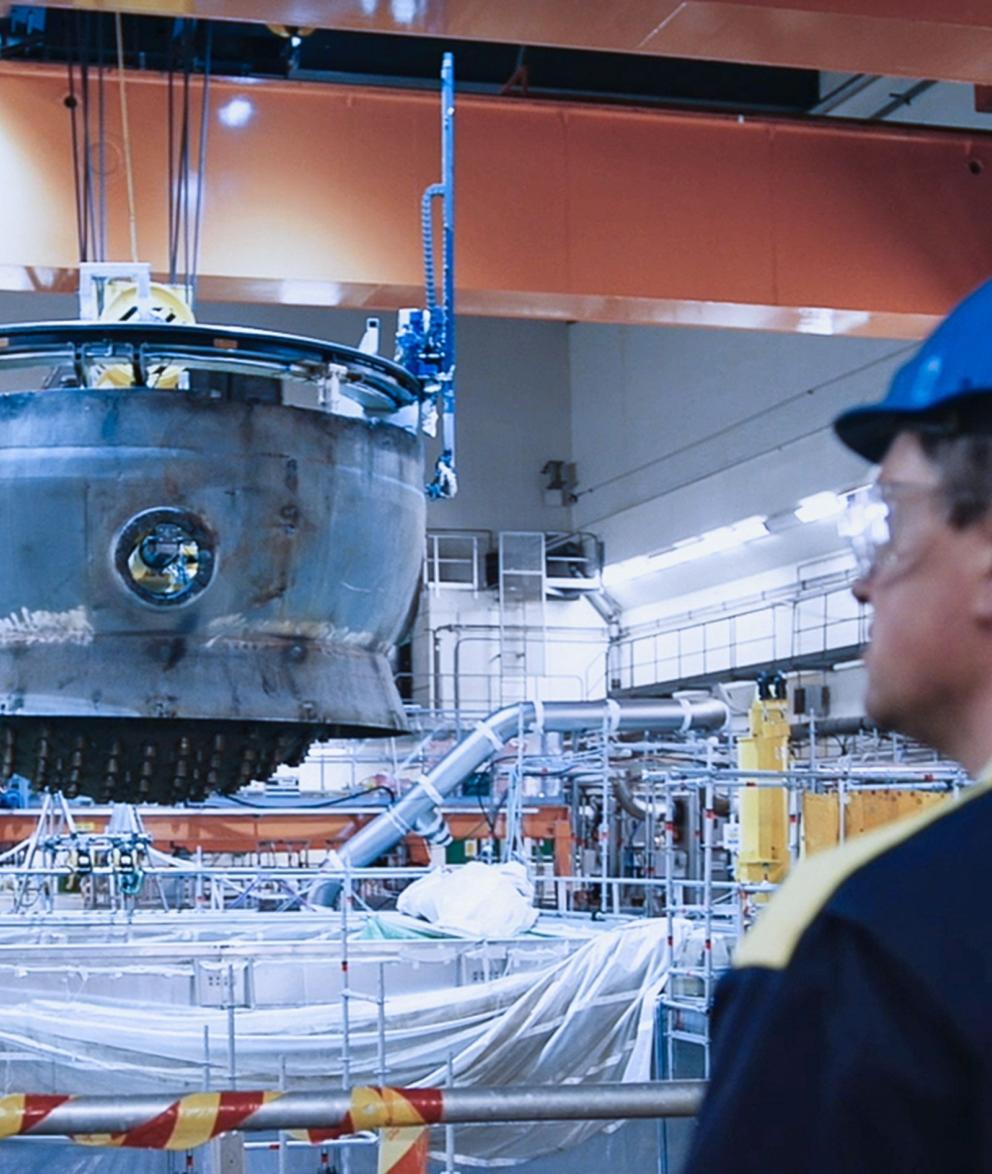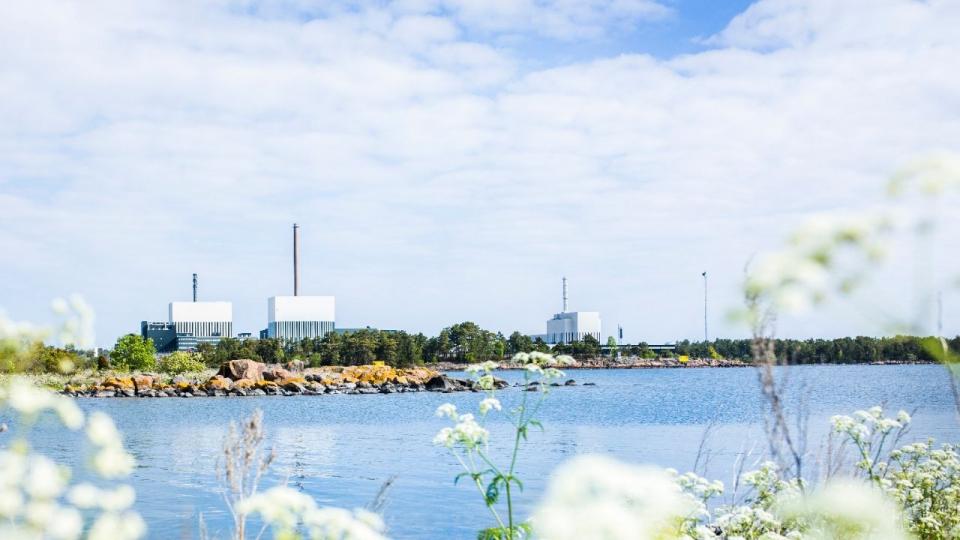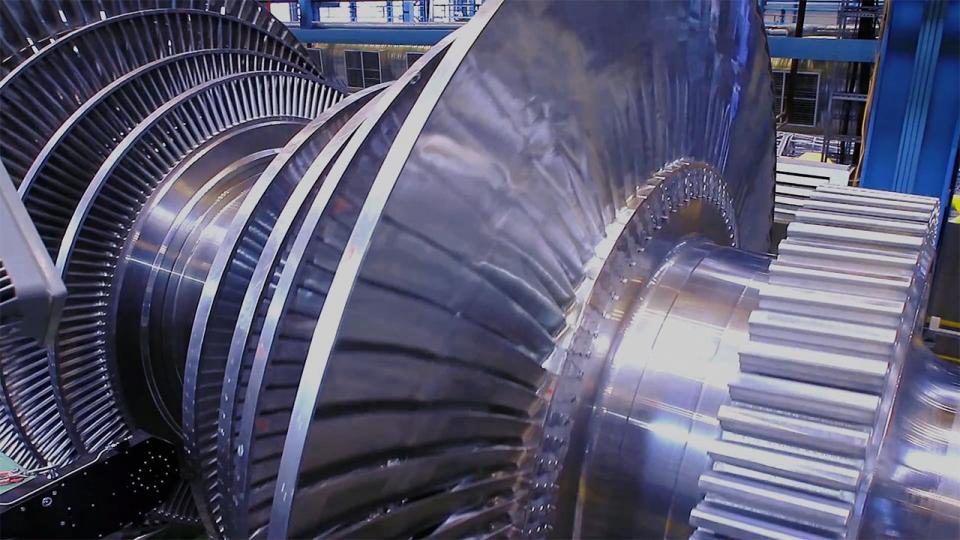First to be decommissioned was the nuclear power plant at Barsebäck which was shut down following a political decision. Barsebäck 1 was shut down on November 30, 1999 after a settlement between the state, what was then Sydkraft and Vattenfall. Barsebäck 2 was shut down on November 31, 2005 after a similar settlement.
In 2015, the owners decided to shut down Oskarshamn 1 and Oskarshamn 2 after a long period of low electricity prices and high taxation meant the reactors were no longer profitable. The decision meant that Oskarshamn 2, which at the time of the decision was in the middle of a modernization project, would not start up again. In 2017, Oskarshamn 1 was shut down after 45 years of service to society through electricity generation.
We manage the entire life cycle of a nuclear power plant
The goal is to carry out a responsible, safe and cost-efficient dismantling. Decommissioning the four reactors is being conducted in a coordinated program to leverage experiences, to refine decommissioning methods and to streamline the work when moving from one reactor to the next.
Approximately 6% of the material at the facilities (67,000 tons) is radioactive, most of which is low-level. Around half of these 67,000 tons is expected to be classified free from radioactivity (meaning it can be processed like conventional waste) and recycled.
The decommissioning strategy is to work from the inside out, so that the most radioactive waste is removed first. Each reactor tank has been emptied of its fuel, the nuclear reactor and other contents. Afterwards comes a systematic review of the entire facility, where different parts and systems are decommissioned according to a shared, synchronized timetable. The decommissioning of the closed reactors at Barsebäck and Oskarshamn will continue until 2028, after which some traditional dismantling will remain.
About the dismantling of Barsebäck's nuclear power plant
Meet Pia who works with the dismantling of Barsebäck's nuclear power plant. Pia works with waste management, which is an important part of the dismantling process.
Nuclear waste
Regardless of the future of nuclear power, today there is nuclear waste that needs to be managed in the short and long term to protect people and the environment. Responsibility for this management falls solely on nuclear power companies, who have been tasked by the [Swedish Nuclear Fuel and Waste Management Company SKB to conduct the largest environmental protection project in Sweden. SKB is jointly owned by the nuclear power companies.
The system to manage radioactive waste in Sweden consists of a number of facilities that, together, form a secure chain. The first part of the system was completed in the early 1980s, while other portions have yet to be built. Waste is handled according to its radioactivity.
The final repository for spent nuclear fuel and long-lived waste has not yet been built or put into operation. In March 2011, SKB applied to the Swedish Radiation Safety Authority and the Land and Environment Court for a permit to build a spent fuel repository in Forsmark. The matter is now with the national government after the Östhammar municipal council voted in favor of the Forsmark repository in October 2020.
But thanks to our own interim storage facilities at Barsebäck and Oskarshamn, the waste can be safely stored until it’s transported to the final repository.
Financing through the Swedish Nuclear Waste Fund
According to Swedish law, nuclear power companies are responsible for all the costs of managing nuclear waste, including its final repository. They are also obligated to defray the dismantling costs for nuclear power plants and other nuclear facilities.
Since the mid-1970s, nuclear power companies have put aside money to cover these costs, first as allocations in their own balance sheets and then, since 1982, in the Swedish Nuclear Waste Fund.
SKB regularly calculates the future costs of managing nuclear waste and submits the calculation every three years to SSM. After the review, SSM proposes fees for the coming years to the government, who determines their exact amount.
Historically speaking, fees paid by nuclear power companies have varied between one and two Swedish öre per delivered KWh of electricity. In 2021, for example, Swedish reactor owners paid fees between 3.0 and 5.6 Swedish öre per delivered KWh of energy into the fund. In addition to the fees paid by nuclear power companies, financial guarantees are established to cover fees that have not yet been paid to the fund and for unforeseen events.
Even after a reactor has been permanently shut down, a nuclear power company is obligated to pay fees under Swedish law. If all of the reactors at a site have been permanently shut down, as is the case with Barsebäck, any deficit in the fund is covered through a direct payment from the owner of the facility.
Find out more
Nuclear power plays an important role in stabilizing Sweden’s electricity generation. Uniper takes total responsibility for our participation in Swedish nuclear power.
Some insight into how we dismantle a nuclear power plant.
Although renewable power sources are increasing rapidly, they will not be capable of replacing current production in its entirety. Therefore, it is time we begin looking into how to complement and eventually replace current nuclear power with new nuclear power systems.



